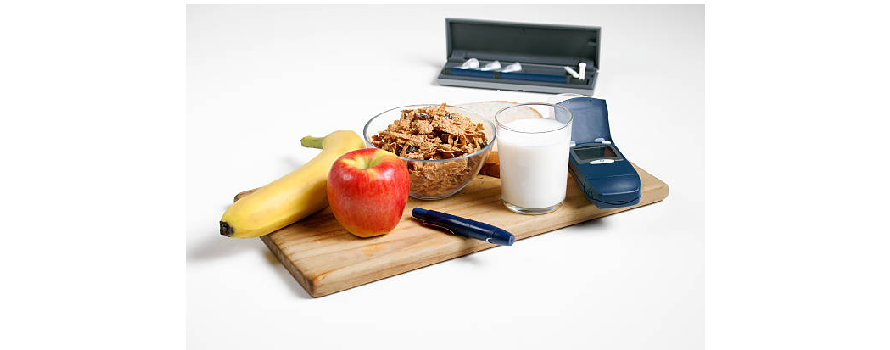Ayurveda, or Indian medicine, has contributed a great number of things to the globe. These things have changed people’s lives, helping them to go from a disease-ridden world to one where they are fit and well. Ayurveda is essential, and it is without a doubt the most extensively used alternative medicine.
Panchakarma treatment in Ayurveda is ostensibly Ayurveda’s most important branch. It is a natural treatment that cleanses and energises the body. Panchakarma means “Five Actions,” which is a perfect name for a technique that governs the body through five distinct basic therapies: Vaman (Therapeutic Vomiting), Virechan (Purgation), Basti (Herbalized Oil Enemas), Nasya (Nasal irrigation), and Raktmoshan (Bloodletting). To put it another way, Panchakarma is the foundation of the majority of Ayurvedic therapies.
When medicinal oils are utilised to help remove toxins from the human body, Panchakarma is most successful. Panchakarma treatment in Ayurveda is a legitimate Ayurvedic belief system that lives up to its name.
Five Panchakarma Therapies
Vaman:
The patient receives inside and outside oleation and fomentation treatments, which include therapies and Ayurvedic medications, for the first few days of this treatment. Once the poisons have dissolved and gathered in the body’s upper cavities, the patient is given emetic medicines and decoction. This promotes vomiting and helps the body remove toxins from the tissues. Vaman treatment is advised for Kapha-dominated disorders such as weight gain, asthma, and hyperacidity.
Virechan:
In Virechan, bowel washing is performed to purge or dispose of toxins. This treatment also includes inside and outside oleation and fomentation therapies for the patient. The patient is then administered a natural purgative to aid in the discharge of toxins from the body by encouraging the cleaning of the intestines. Virechan is most commonly used to treat Pitta-dominant diseases such as herpes zoster, jaundice, colitis, and celiac disease.
Basti:
The management of medicinal ingredients by enema is an example of Ayurveda’s extraordinary attention to the therapeutic realm. The treatment has numerous advantages, particularly for complicated and chronic illnesses. According to the nature of the condition, home-grown decoctions, oils, ghee, or milk are managed in the rectum, with amazingly positive results. Vata-dominant diseases like arthritis, piles, and constipation respond well to this treatment.
Nasya:
This treatment is excellent for cleaning and purging the head. At the beginning of the treatment, the head and shoulder areas are gently massaged and fomented. In both nostrils, the nasal drops are then adjusted. This cleans the entire head area and relieves symptoms like cerebral discomfort, headaches, hair problems, sleep disruptions, neurological disorders, sinusitis, chronic rhinitis, and respiratory issues.
Raktamokshan:
This treatment is efficient at purifying the blood and treating diseases caused by impure blood. It can be done on a single part of the body or the complete body. Skin illnesses like psoriasis and dermatitis, as well as local lesions like abscesses and pigmentation, benefit greatly from this treatment.
Panchakarma therapy at Birla Ayurveda involves a combination of massage, natural saunas, special foods and dietary guidelines, moderate fasting, and colon treatments to detoxify the body.
A thorough evaluation by an Ayurvedic physician precedes your Panchakarma therapy, allowing the specialist to build a treatment plan for your specific needs. You will be given a customised Ayurvedic diet to follow at home as your Panchakarma treatments develop, as well as certain medicinal herbs and essential oils. These will assist your liver and stomach organs in removing toxins by activating them.



